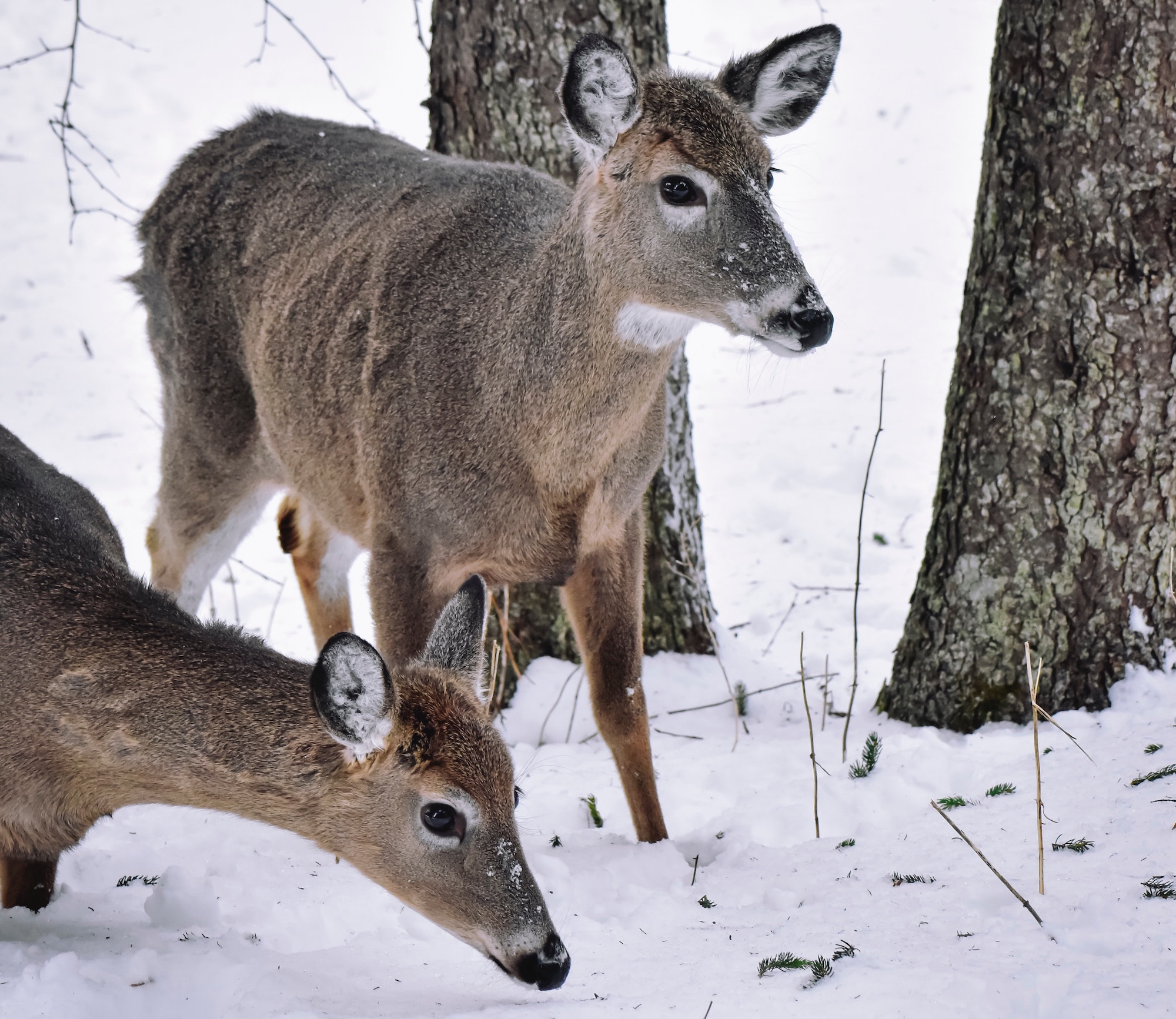Updated March 2023
Nothing excites bowhunters more than an incoming cold front. Any experienced hunter will tell you that this is the best time to be in the stand because deer will be on their feet. Major temperature drops have historically correlated with increased daylight deer activity. By why is this? This article will help you understand why deer activity increases during periods of cold temperatures.
Expect Increased Deer Movement in Cold Weather
There is plenty of data out there that shows the relationship between deer activity and temperature. Big buck hunters know this. What it comes down to is that deer are more comfortable in colder weather. They have built-up fat reserves and high-density fur coats that act as an insulating winter coat. Imaging wearing your winter jacket when its 60 degrees out. Conversely, on unusually warm days, deer act lethargic as they overheat with minimal movement.
In extreme cold temperatures, whitetails burn more calories as their bodies work to produce more heat to stay warm. This requires deer to eat and consume more calories than normal, and is why in colder than normal conditions, deer seem to be out foraging for food or coming to food plots. There are also some theories that deer walk around more during periods of extreme cold just to stay warm. This makes late season whitetail hunting a productive time to be in the woods as the rut winds down and deer go back to their normal patters. Late December and January are great times for tagging a mature buck due to the cold temperatures.
Cold, bright, clear days with moderate wind are some of the best days to be in a treestand. As you get into the later phases of deer season when the rut is mostly over, evenings become a more productive time to hunt than mornings. On very cold days, many deer will gravitate to south facing slopes of terrain where they can be in direct sunlight for added warmth. Cold temperatures also usually correlate with snowfall, which can be great for tracking and patterning deer behavior.
Hunting Cold Fronts
Monitoring the weather for incoming cold fronts is a wise strategy for killing big bucks. Any serious buck hunter knows that a temperature drop of 10 degrees or more in daytime high temperature is a good sign. Sudden temperature drops have historically resulted in increased daylight deer activity, especially in October and November. So, what do cold temperatures actually have to do with deer movement? Ask any serious mature buck hunter and the answer is clear, cold temperatures get deer on their feet! Deer burn more calories during periods of cold weather and will be on their feet looking for food. If you’re up for braving cold weather conditions, this can be an excellent time for arrowing a mature whitetail. For related articles, check out other posts from Bowhunting Depot!

